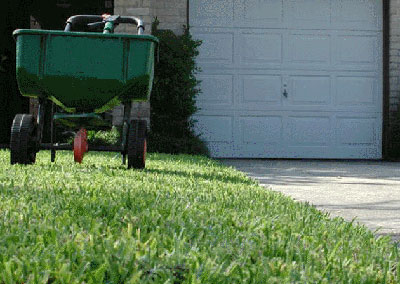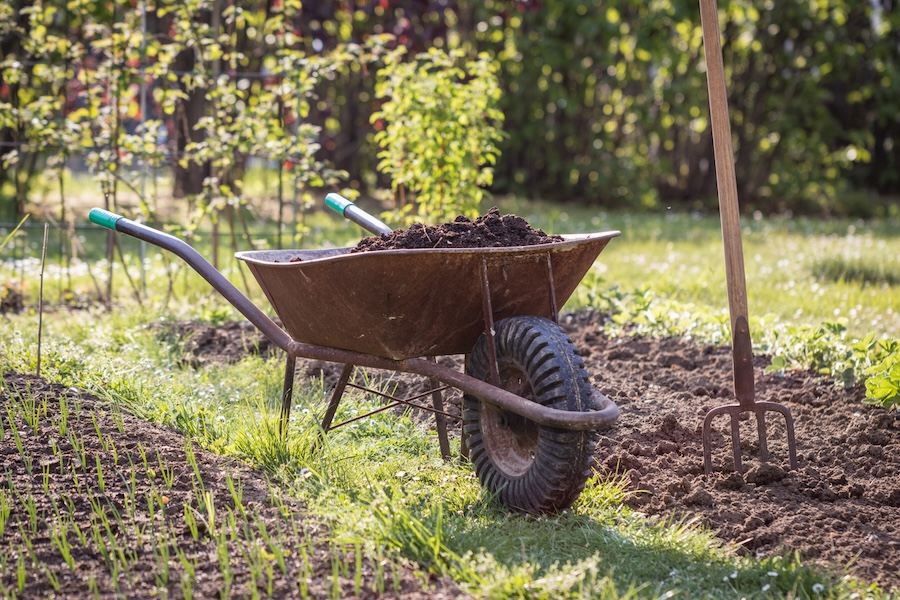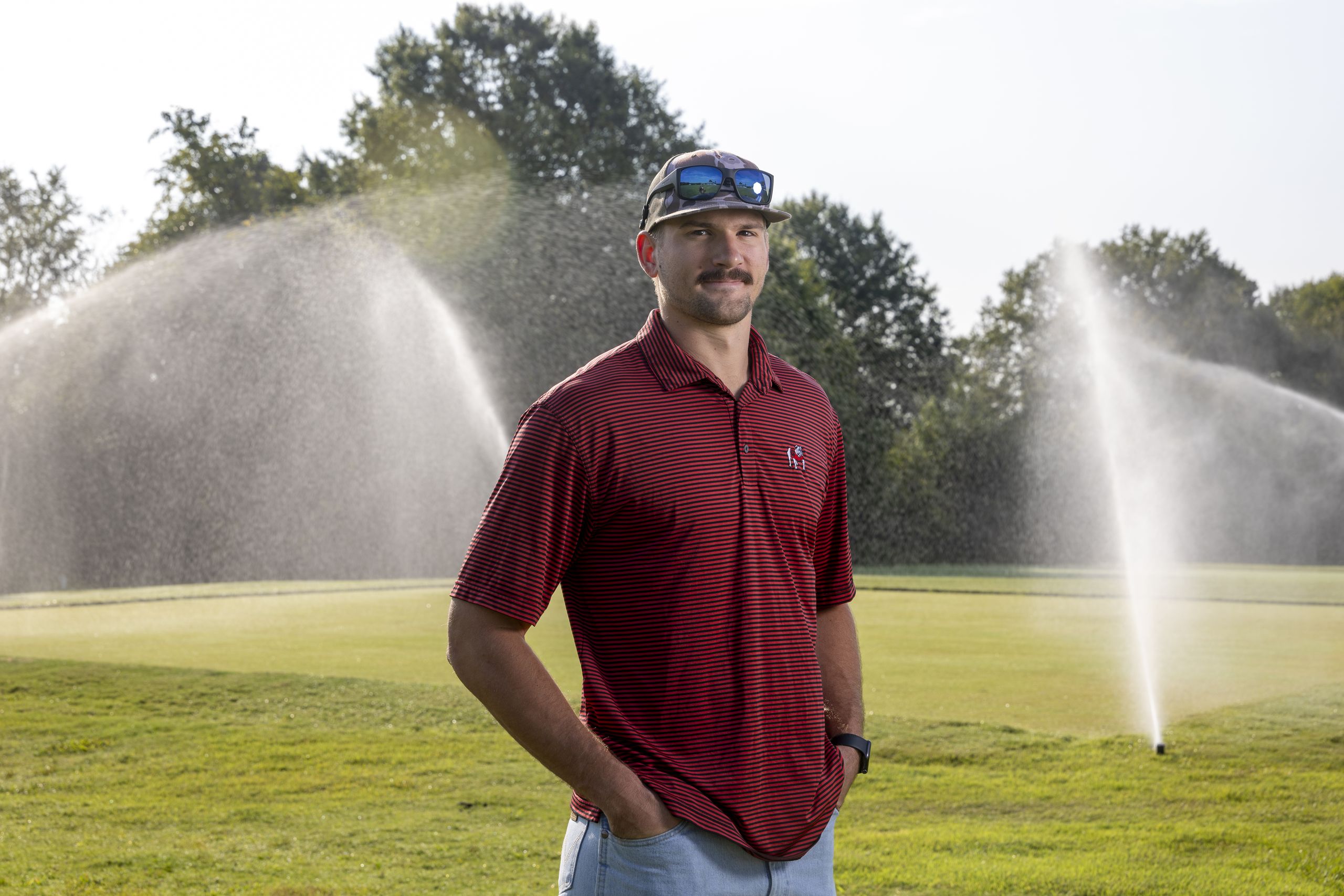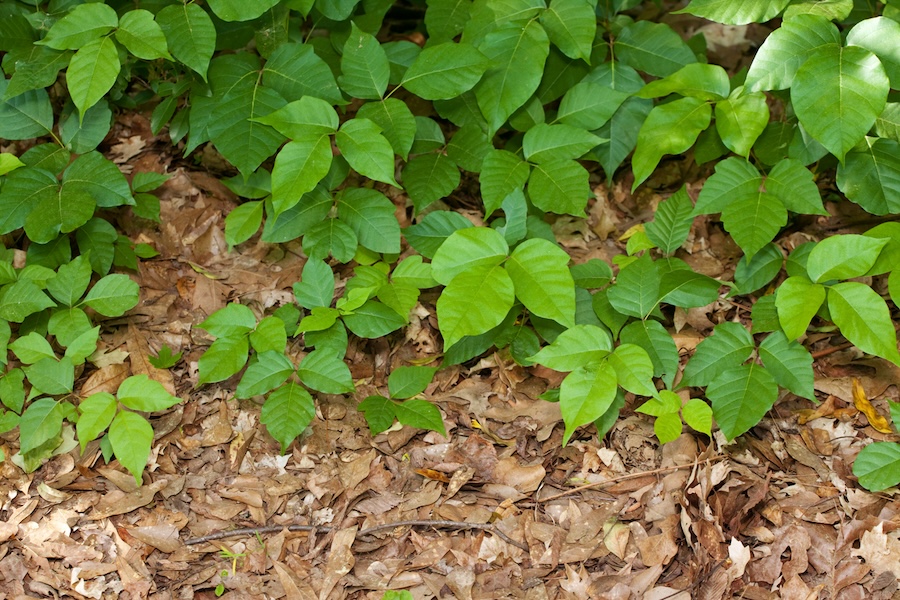March is usually the time of year that local garden centers begin major advertising campaigns to sell lawn fertilizers. But depending on the type of grass you have, it may be too early to start fertilizing your lawn. In general, the best time to fertilize a lawn is when it is actively growing.
Fescue should be fed in the fall
Fescue lawns and other cool-season grasses that don’t go dormant should be fertilized in the fall (October) and spring (March). Most other lawns, including bermudagrass, zoysia, centipede and other warm-season grasses that go dormant in winter, should not be fertilized until late spring through mid-summer (May to August). Fertilizing now would be a waste of time and money.
Why shouldn’t you fertilize warm-season grasses when they are dormant? First, when grasses are dormant, their roots are not able to absorb or use the nutrients from fertilizers. By the time the grass does begin actively growing, most of the nitrogen you applied will have been lost from the soil.
Don't feed the weeds
Also, fertilizing while the grass is dormant actually encourages more winter weeds, because you are fertilizing the weeds instead of the lawn. Without competition from the lawn, these weeds will grow faster and become more prolific as a result of dormant fertilizer applications.
Lastly, fertilizing lawns during their transition into dormancy in the fall or out of dormancy in the spring may encourage lawn growth that is more likely to be injured from winter kill. Bare spots and thinning of the lawn as well as delay in spring green-up may occur when lawns are forced to grow when they should be dormant.
Combo products not the answer
So, should you apply convenient “weed and feed” products that combine a pre-emergent herbicide and fertilizer in one application? Unfortunately, the ideal time to apply a pre-emergent herbicide actually contradicts the ideal time to apply fertilizer for warm-season lawns. These products are intended for fescue and other cool-season grasses. In north Georgia, the recommended application window is Sept. 1-15 and March 1-20 to maximize the effectiveness of pre-emergent herbicides.
The application timing for these products is critical since they must be applied before annual weeds germinate in spring and fall. It’s always better to apply pre-emergent herbicidess a little earlier rather than too late. And don’t forget to activate them by watering them into the lawn.
For bermudagrass and other warm-season grasses, buy fertilizer that is separate from the pre-emergent herbicide. Apply each at their recommended times.
Start with a soil test
A soil test is always a good starting point before investing in fertilizer or lime. Your local University of Georgia County Extension office can test your soil and provide an exact pH and nutrient analysis with recommendations on how much fertilizer and lime to apply, if any is needed. Contact your local Extension office by calling 1-800-ASK-UGA1. A soil test kit can also be ordered online at www.soiltest123.com








